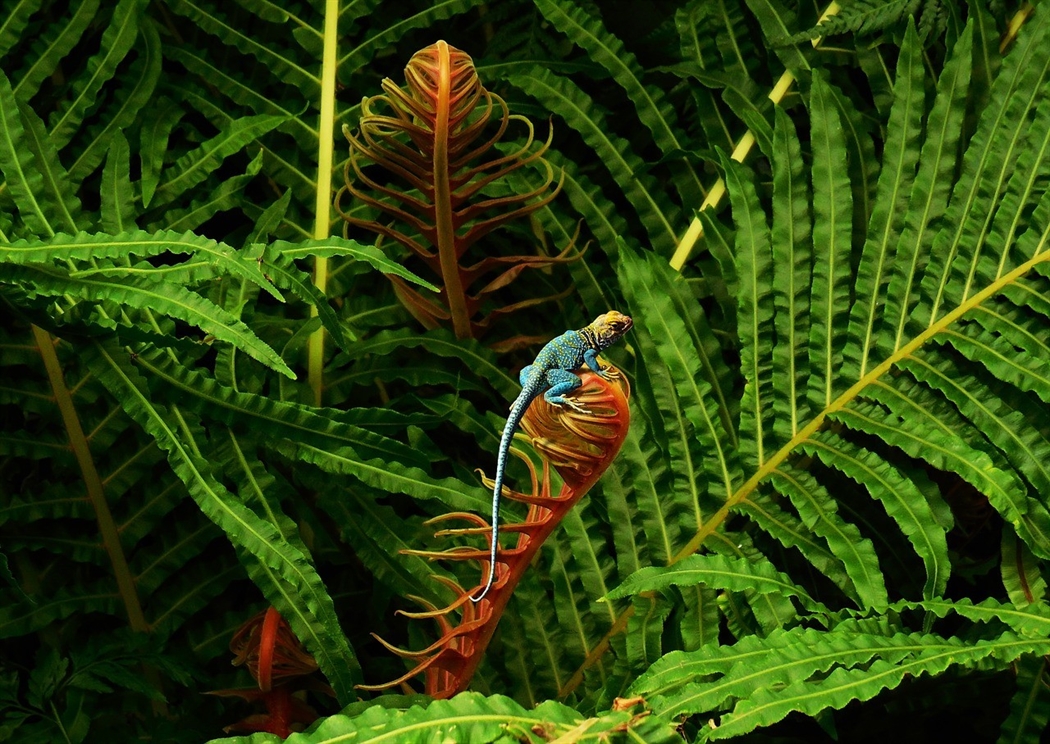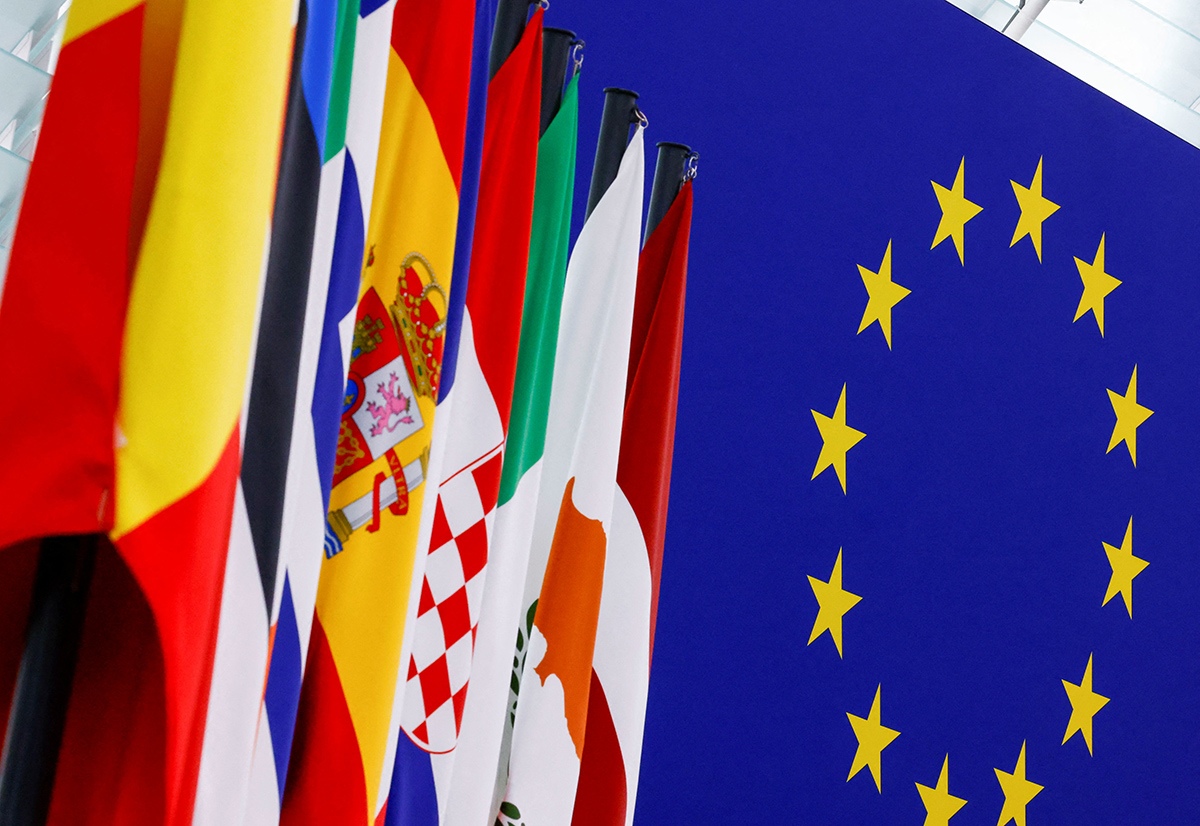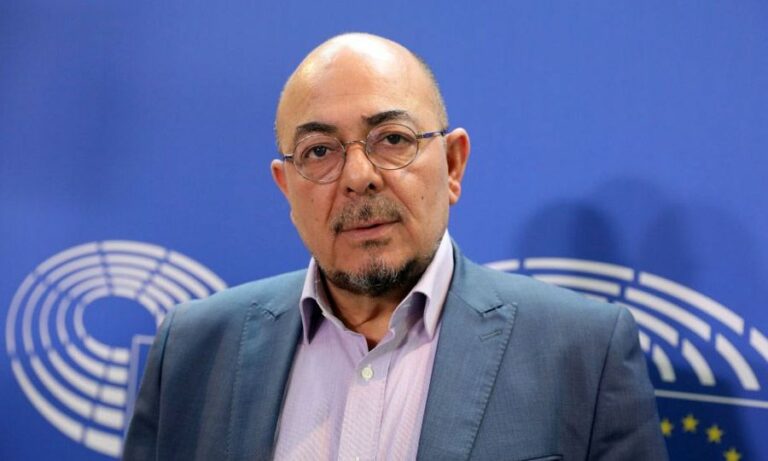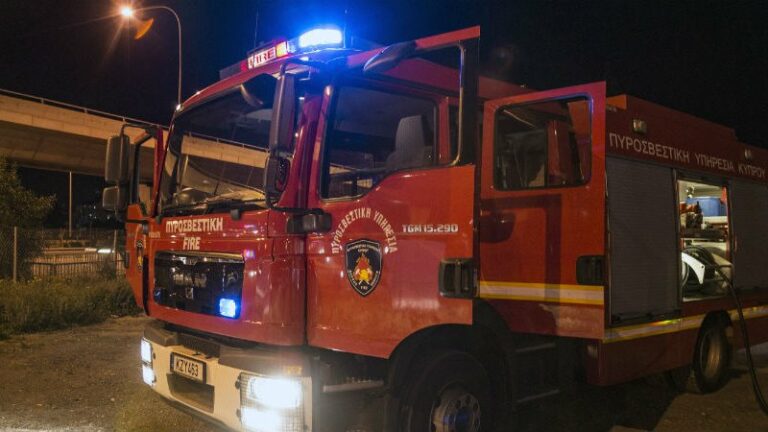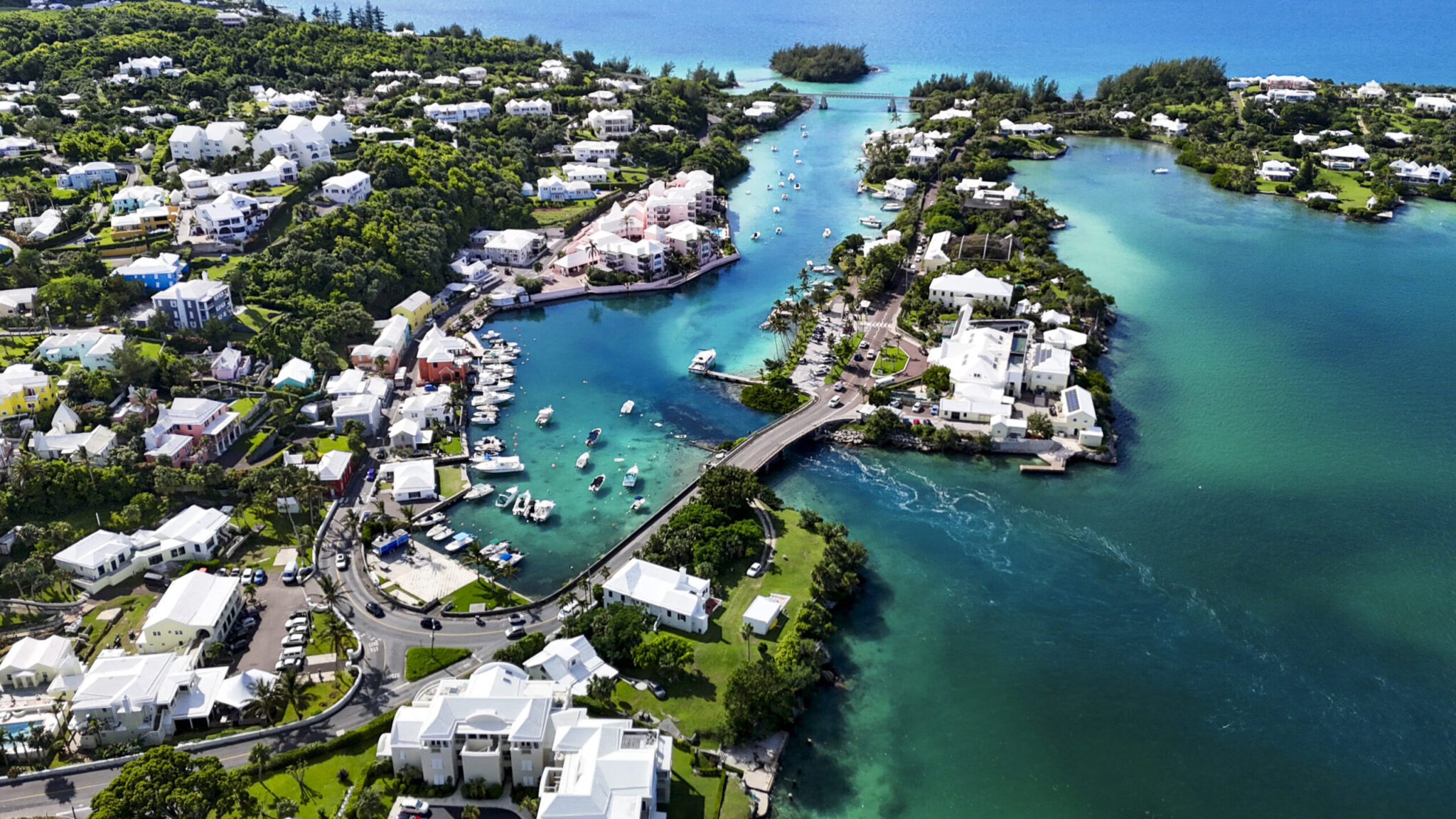The European Union faces an uphill battle in meeting its objective of halting the loss of biodiversity and the degradation of ecosystems by 2020 as well as restoring them wherever feasible.
The target is contained in the EU’s seventh environment action programme.
Biodiversity is not only important in its own right, as it also provides society with a wide range of ecosystem services upon which we depend, such as food, water purification, pollination etc.
One key indicator of monitoring biodiversity are trends in the abundance of common birds and grassland butterflies.
Between 1990 and 2015, the common bird index decreased by 8% in the EU, with the common farmland birds index having decreased by 32%.
A significant decline of 34% was also apparent for grassland butterflies.
The main reasons for the continued decline in these species’ populations are changing rural land use, the intensification and specialisation of farming (including high levels of pesticides and fertilizers input) or land abandonment in areas with natural constraints.
Based on the continuing marked downward historical trends in these species’ populations and despite the increased introduction of biodiversity measures into the Common Agricultural Policy and the efforts already captured under the Nature (Birds and Habitats) Directives and the EU Biodiversity Strategy, it is highly unlikely that the objective will be achieved by 2020, the European Environmental Agency said.
It is difficult to forecast how soon biodiversity, as illustrated by the abundance of bird and grassland butterfly populations, will recover, as their state is influenced by a complex combination of environmental factors and policy measures.
Substantial positive impacts of the CAP reform and the measures anticipated under the Multi-Annual Financial Framework 2014-2020 on common species associated with farmland might become visible in the 2020-2030 period, as long as these policies are implemented thoroughly and on a large scale throughout the EU, the agency said.
On the other hand, other factors that could adversely impact the outlook beyond 2020 include the negative impact of climate change on biodiversity and ecosystems, particularly on those specialist species groups that are dependent on non-intensive agriculture and forest ecosystems.
The increased competition for land could also intensify agricultural production in the EU, through land take via urbanisation, as well as for the production of renewable energy and biofuels.

